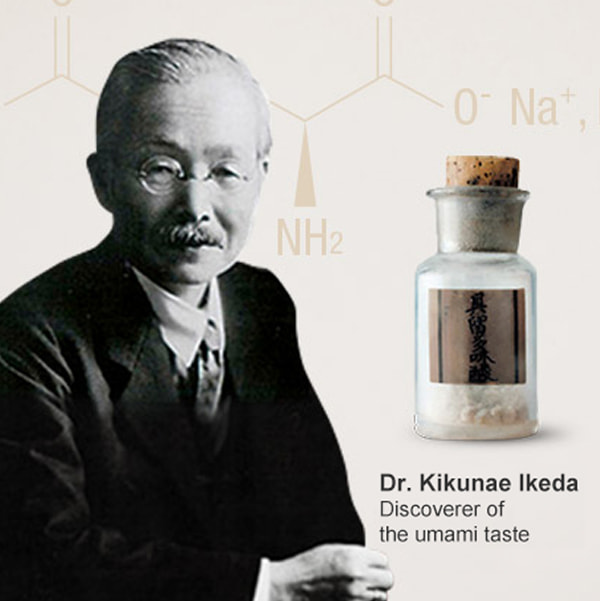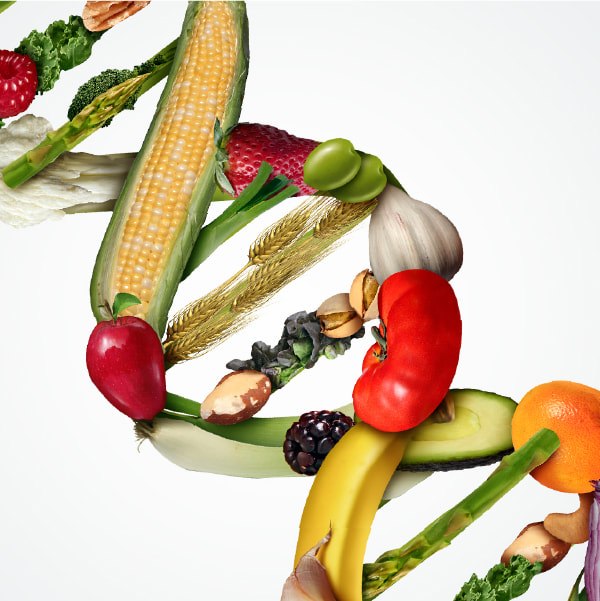Kokumi delivers background richness,
roundness and complexity

Kokumi substances
Kokumi delivers background richness, roundness and complexity to savory products such as a stew simmered for several hours. They hold great potential for delivering more of what we want and reducing what we don’t need, without sacrificing flavor.
< Table of Contents >

The Kokumi Sensation*
It’s well established that there are five basic tastes: salty, sweet, sour, bitter, and umami. But there seems to be more to how we perceive taste than this simple fact would suggest. For example, when a soup or a stew has simmered for several hours, it takes on a richer, deeper flavor. And when cheese is allowed to mature, its flavor becomes more complex and lasting. What accounts for this form of enhanced deliciousness?

For over a century following Dr. Kikunae Ikeda’s identification of umami, the Ajinomoto Group has been researching tastes and how we perceive them. In the 1980s, we began investigating what onions and garlic bring to so many flavorful dishes, something quite different from umami. Many have described the sensation as kokumi*. Kokumi* is a Japanese word literally meaning “rich taste”. While umami imparts savory flavor or meatiness, kokumi* is a sense of richness, body and complexity that some compare to the way wines age and improve over time. Although kokumi substances have no taste of their own, they seem to make other foods taste and feel better, enhancing not only umami but also salty and sweet flavors.
What is Kokumi?
Though the term “kokumi*” had been discussed in the food industry for some time, little had been done in a scientific way to leverage the power of kokumi*. Then the Ajinomoto Group’s research into kokumi substances in foods like garlic led to the isolation of a peptide, or chain of amino acids, called glutathione. In 1990 we released a flavor modifier containing glutathione under the brand name Yeast Extract, now available as Super YE and SavorBoost™. Derived from yeast, these products impart richness and body to foods. But the Ajinomoto Group still had plenty of work to do, for glutathione is not highly stable and readily evaporates, so it’s not ideally suited for use in liquid form. The exploration of kokumi substances was just getting started, and our pharmaceutical expertise was to prove invaluable
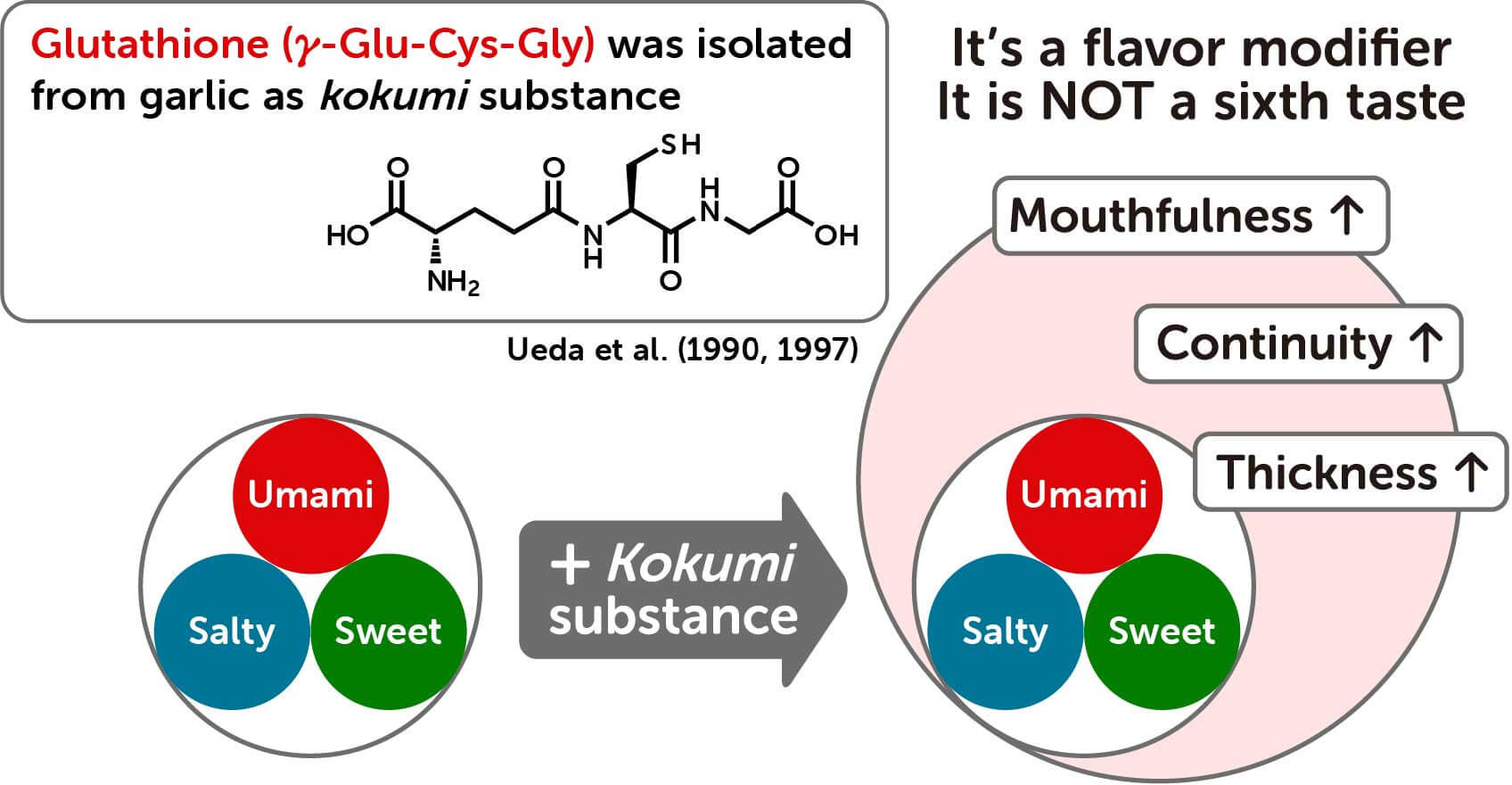
Understanding the Flavor Chemistry of Kokumi
A breakthrough: understanding the perception of kokumi*
It was already suspected that the peptide glutathione activates calcium sensing receptors on the tongue. The Ajinomoto Group hypothesized a correlation between calcium receptor activation and the sensory perception of kokumi*. We believed that calcium receptor activation could be a basis of perception of kokumi*, and that other amino acids and peptides might activate calcium receptors too, possibly more powerfully and efficiently than glutathione. So, in 2005 we began cell assay testing in the lab coupled with real-world sensory activity trials involving dozens of amino acid and peptide combinations. Our hypothesis was borne out, and our 2010 study showed that laboratory tests and real-world trials demonstrated a parallel between calcium receptor activation and the sensory activity triggered by kokumi substances. Conversely, when calcium receptor activation was suppressed, the sensory intensity of kokumi* decreased. The correlation was clear—the barometer worked.
The search for other kokumi substances was on. By 2010 the Ajinomoto Group had identified a number of so-called gamma-glutamyl peptides that activate calcium receptors on the tongue. The most powerful one is known as gamma-glutamyl-valyl-glycine, or γ-EVG. In controlled studies, this particular peptide intensified savory, salt, and sweet flavors at least 10 times more than glutathione, and it is highly stable. It turns out this potent kokumi substance is found in many foods: yeast, scallops, fish sauce, soy sauce, shrimp paste, cheese, and even beer. And the natural mechanism by which it is synthesized has been revealed in yeast. In 2010 the Ajinomoto Group’s discovery got a vote of confidence when the US Flavor and Extract Manufacturers Association approved γ-EVG, and the Joint FAO/WHO Expert Committee on Food Additives stated that it presents no safety concerns.
The next task was to clarify the benefits γ-EVG offers when added to foods. Taste tests were performed around the world, using various foods, to assess the kokumi peptide’s impact on flavor. Testing panels set up in San Francisco showed very small amounts added along with MSG to chicken broth gave the broth a more full-bodied flavor and a heightened sense of umami that seems to fill the entire mouth, a quality called “mouthfulness.” We also assessed the potential of γ-EVG to make low-fat foods more palatable.
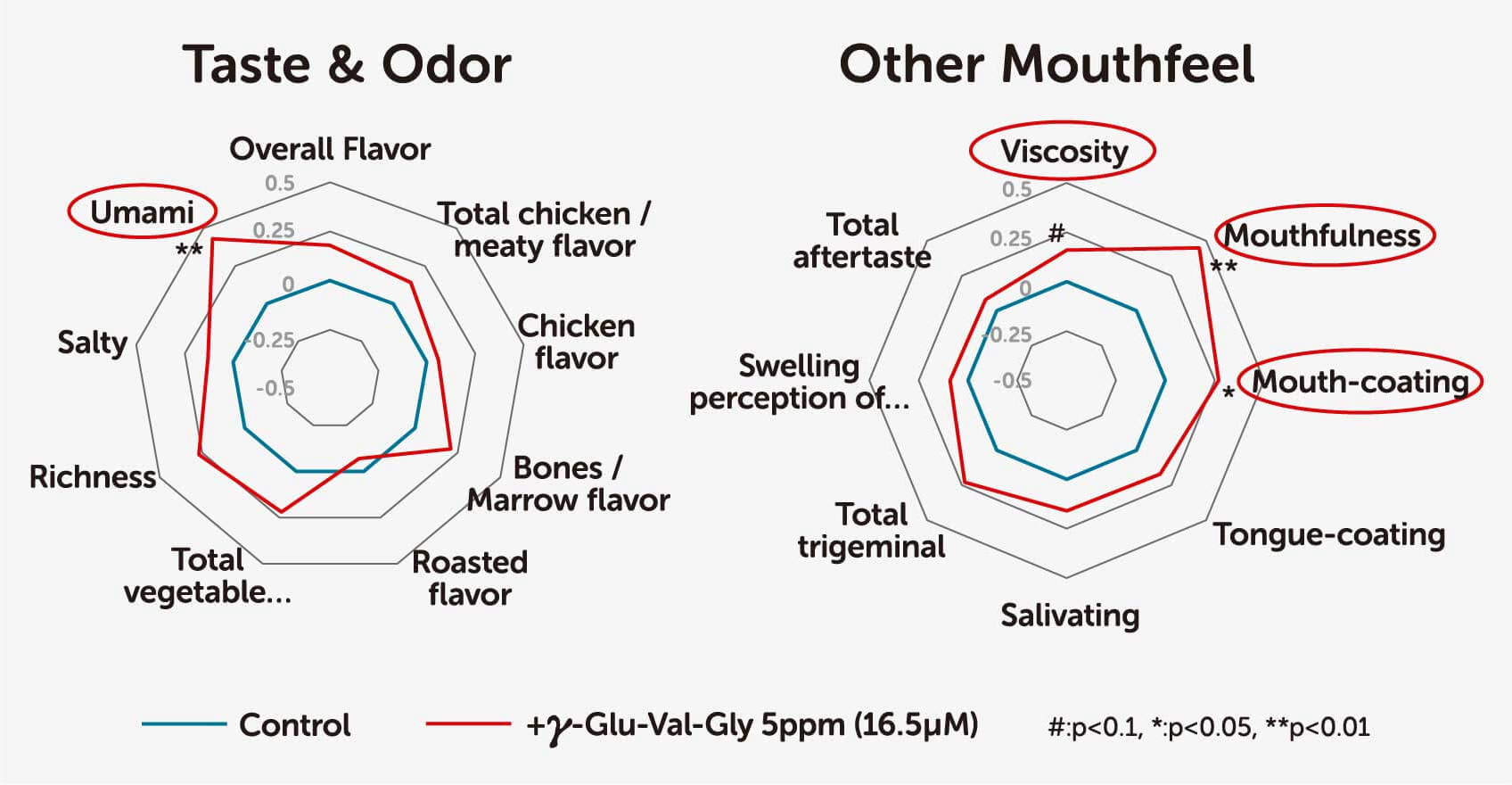
Taste-testers in Shanghai were asked to compare reduced-fat peanut butter with and without the kokumi peptide added. The results showed the peptide both enhanced peanut flavor and imparted a lingering aftertaste and the kind of satisfying, buttery flavor that people enjoy. Similar taste tests in Pullman, Washington with cheese sauces produced results showing a cheesier flavor and aroma and a thicker feel to the sauce.
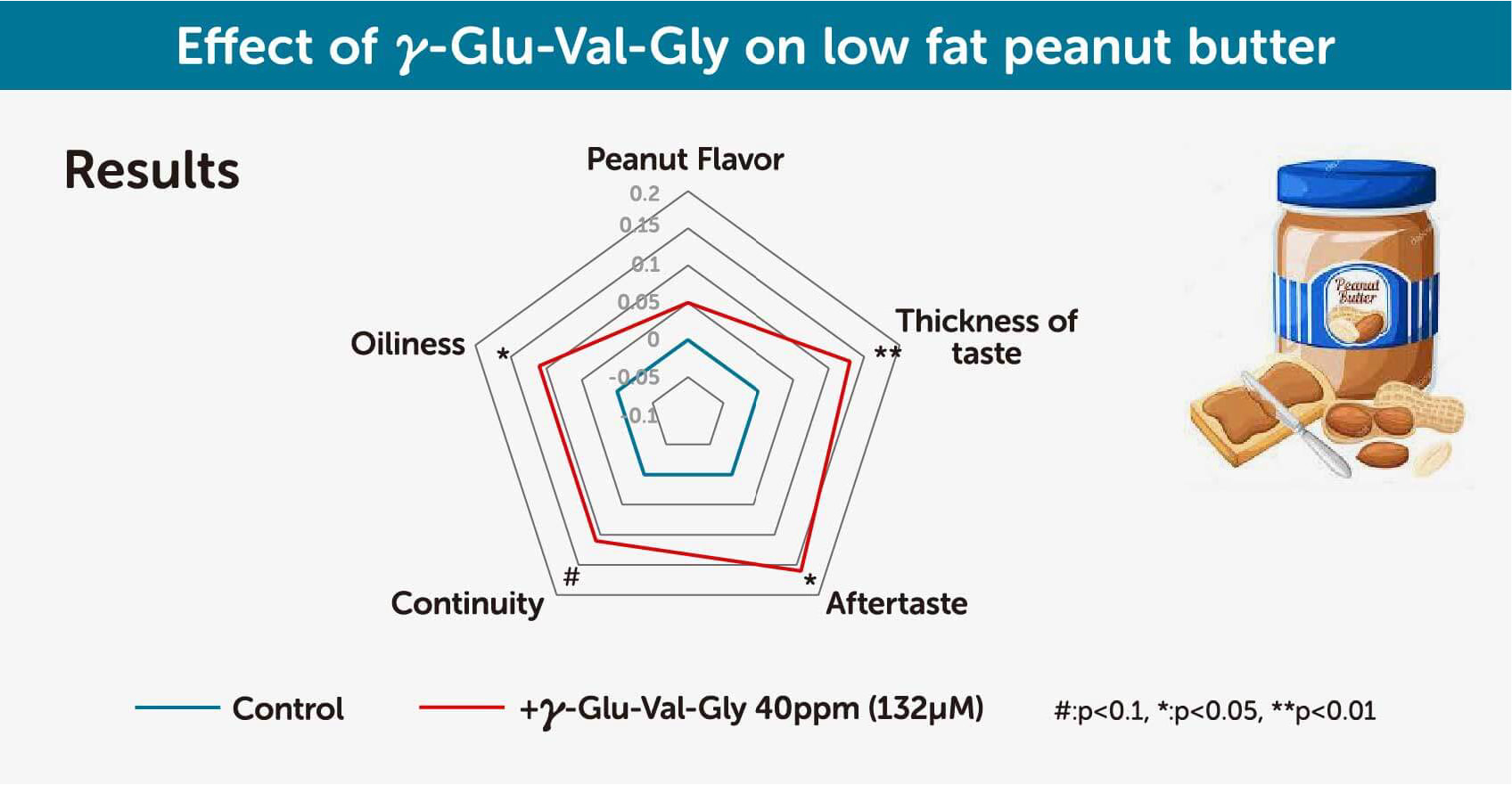
Kokumi benefits in Health and Flavor
The benefits of kokumi*

Kokumi benefits in Health and Flavor
The benefits of kokumi*
Kokumi substances are now used in a wide range of Ajinomoto Group products, including soup stock and processed foods. It also makes citrus flavors taste fresher and masks bitterness or astringency in foods. Other promising applications of γ-EVG include low-fat custards and salad dressings.
The key health benefit of using kokumi substances as flavor modifiers is enhancing taste while reducing dietary fat, salt, and sugar. Research into kokumi substances is broadening and deepening within the Ajinomoto Group and through open innovation collaboration linking food scientists with molecular biologists, neural biologists, and others who may help further clarify the mechanisms involved in kokumi* perception. The goal is to provide improved benefits to health-conscious eaters worldwide.
Kokumi* may hold even more promise. Another benefit could be in stimulating appetite as we age. Older people show a tendency to lose their sense of smell and taste, leading to reduced food intake and poorer nutrition. There are also potential sustainability benefits, as even very small amounts of a kokumi substance like γ-EVG can significantly enhance flavor, allowing us to conserve food resources.
The Ajinomoto Group continues to research kokumi substances and explore taste profiles, working to bring more health and lifestyle benefits to people around the world. Kokumi substances hold great potential for delivering more of what we want and reducing what we don’t need, without sacrificing flavor. And nothing is guaranteed to encourage healthy eating more than deliciousness.
* In multiple scientific papers, kokumi substances are defined as substances which modify basic tastes or mouthfulness, continuity or complexity when added to foods, although they have no taste at the concentrations tested. In this document the sensory effect evoked by kokumi substances is expressed as “kokumi” or “kokumi sensation”.
Cutting edge research of amino acids
Having shared with the world the power of umami to make foods better, the Ajinomoto Group has also uncovered the rich secrets of kokumi. The Ajinomoto Group continues its research and development to unlock the power of amino acids and enhance the taste of foods.
Umami: the fifth taste
Umami, one of the five basic tastes, was identified in 1907 by a Japanese scientist. What is umami, which has a taste completely different from sweetness, saltiness, sourness, or bitterness? We wil explore all about umami, from the history of its discovery, delicious recipes, to advanced research on its salt-reducing benefits.
Find the solution:
Related articles:

Another Innovation Story







